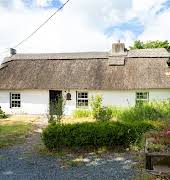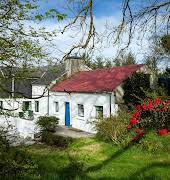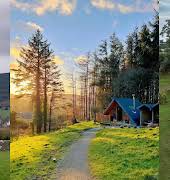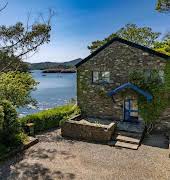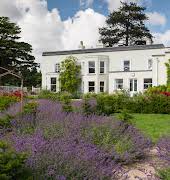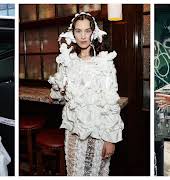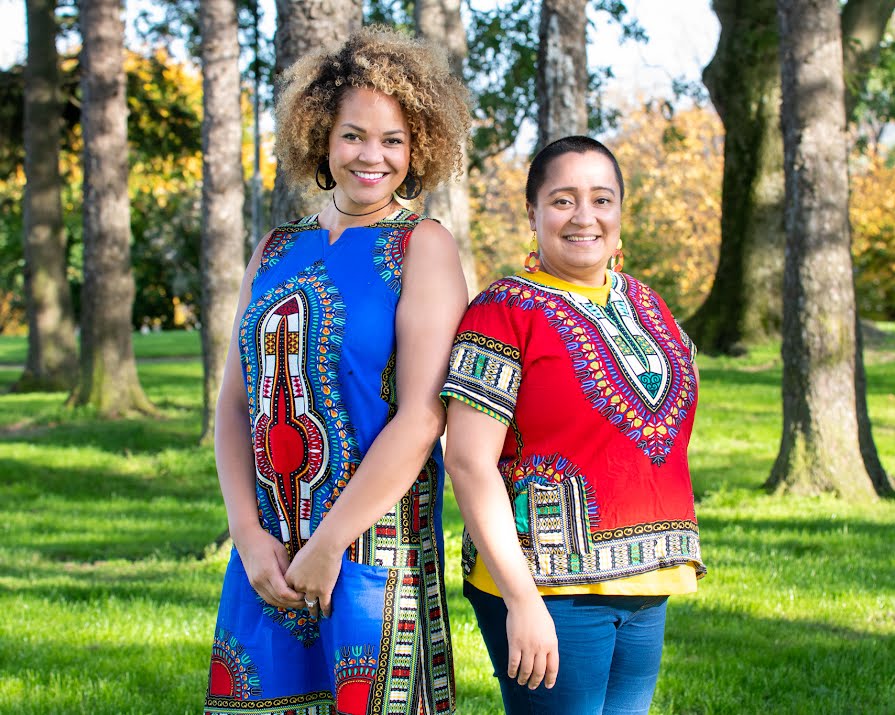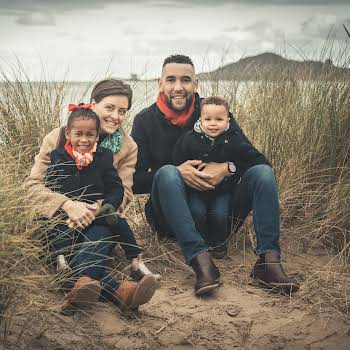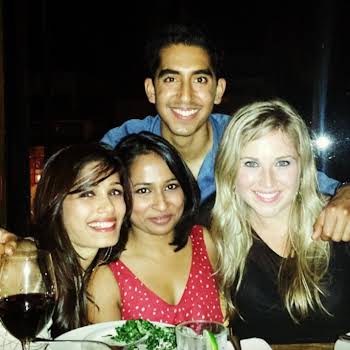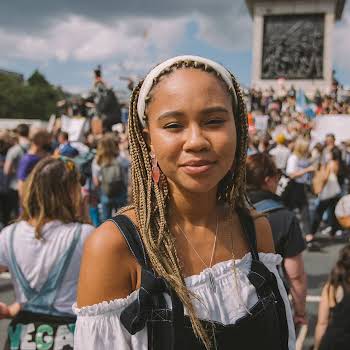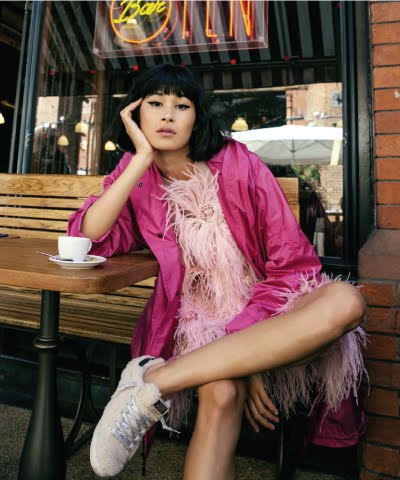by Angela O'Shaughnessy
11th Sep 2023
11th Sep 2023
Where does the Black-Irish community belong and what is its future? Secondary school teacher Emer O’Neill (@emeroneill14) addresses the key questions with activist Claudia Hoareau, sharing their experiences of mixed race identity, institutional racism and interracial parenthood in a fast-changing Ireland. IMAGE originally published this article as part of World Day for Cultural Diversity for Dialogue and Development. This article is part of a committed partnership between IMAGE and The Irish Network Against Racism (INAR). ...
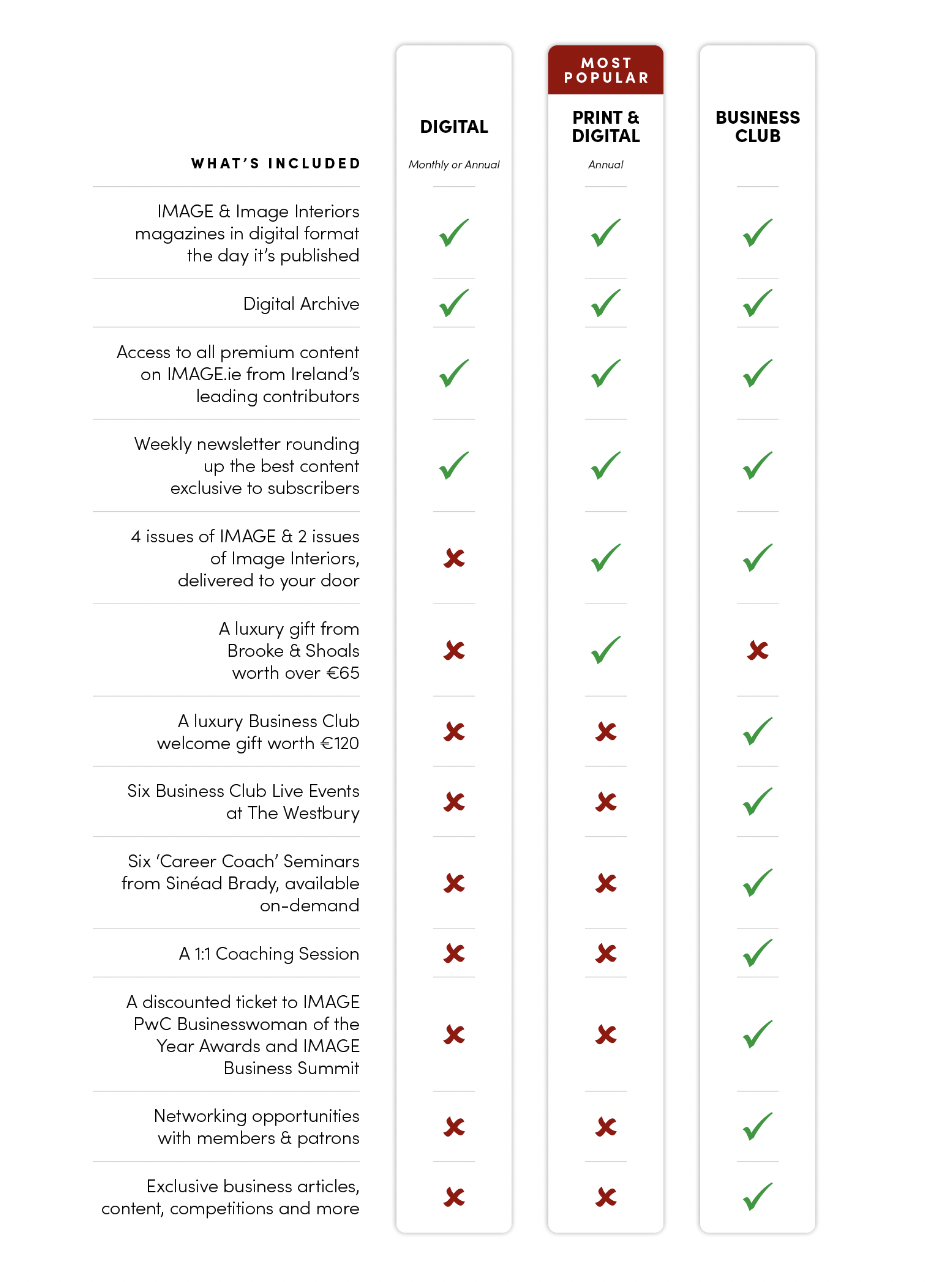
You have reached a premium article.
For unlimited digital access to the stories worth paying for, subscribe now to IMAGE from just €4.99 a month
LoginSubscribe

